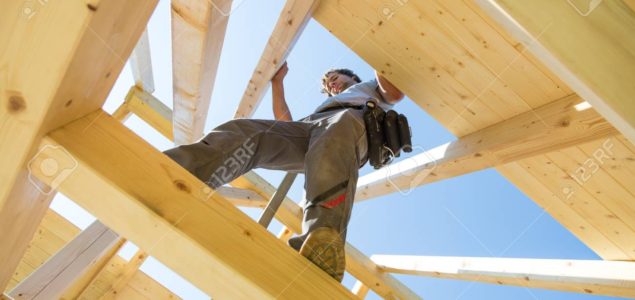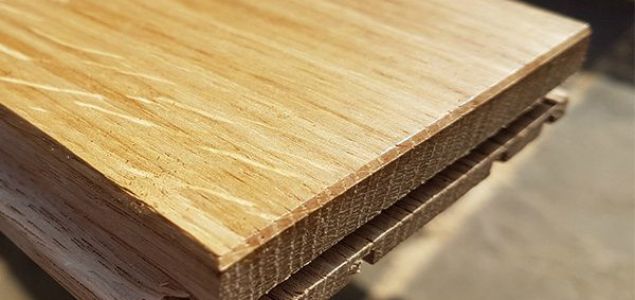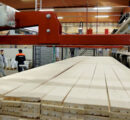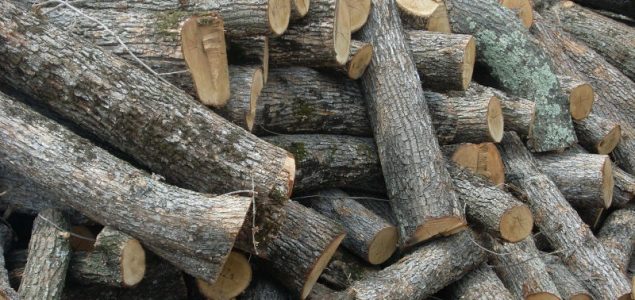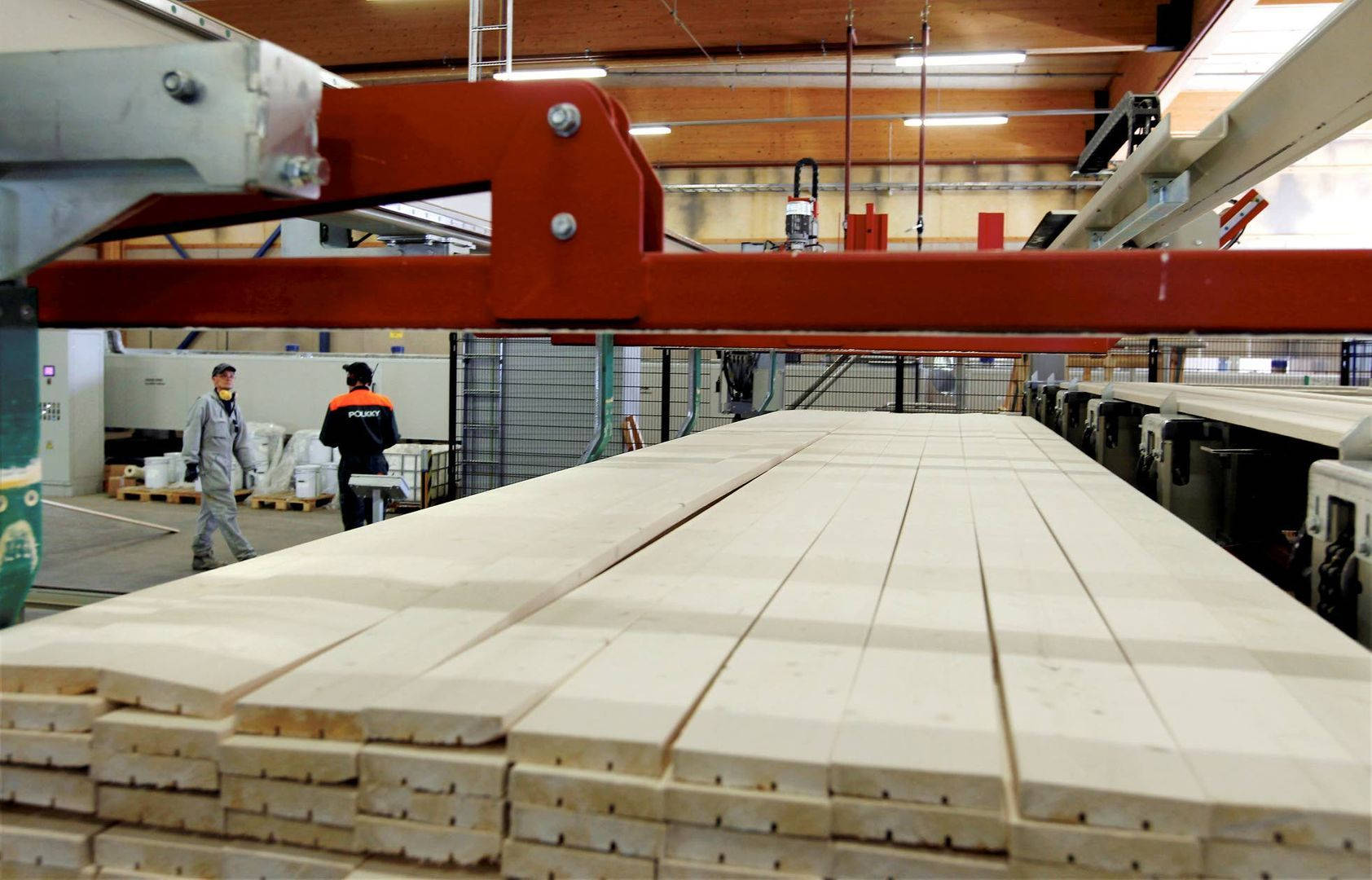With supplies of key laminated veneered lumber (LVL) and engineered wood products (EWPs) imported from Russia and Belarus, which accounted for 40-50% of these construction products, no longer available due to sanctions imposed on both countries for Russia’s invasion of Ukraine, Australia’s tight timber markets are now facing a severe shortfall of products.
The shortage is already starting to impact concrete constructions for multi residential, high-rise, commercial buildings, and some civil works, as well as i-joist beams and timber flooring systems.
Previously, Australia imported LVL and EWP from EU countries. However, the EU has also placed sanctions, restrictions, and tariffs on Russian and Belarusian timbers, and therefore are now using their timber supplies and production capabilities to meet EU members’ internal needs.
This has prompted Australian timber industry representatives from the timber import sector to schedule and hold urgent talks with the federal government in Canberra next week to discuss potential solutions.
The looming shortage of key timber products in the Australian market is set to add to the immense pressures already facing a building and construction sector straining under the pressure of skills and supply shortages.
The threat of a major timber shortage is bad enough for the industry but the problem is compounded by existing shortages across a range of building materials, from plasterboard to aluminium.
That’s not to mention the added cost of electricity, gas, and petrol, which are contributing to inflationary pressure across the economy.
Higher demand, lower supply of lumber
Freestanding houses in particular use larges quantities of lumber – softwoods for roof and lightweight framing, hardwoods for joinery and flooring. Carpentry typically represents about 20% of the cost of the average new home.
However, domestic lumber supply in Australia is going the other way. Logging of native forests is in decline while domestic plantation production has plateaued.
Hardwoods overwhelmingly come from native forests. These volumes have been falling in line with action to conserve what’s left of native forests. Supply will fall further when Queensland and Western Australia end native logging in 2024, and Victoria in 2030.
Softwoods mostly come from commercial plantations. The volume of softwood harvested has increased by about 40% over the past 20 years, but the amount of land plantations has been stable for about a decade.
Minimal new plantations have been established in recent years. Eastern Australia’s 2019-20 bushfires also affected about 130,000 hectares of commercial plantations.
The post Sanctions on Russia negatively impact Australia’s construction industry appeared first on Global Wood Markets Info.
